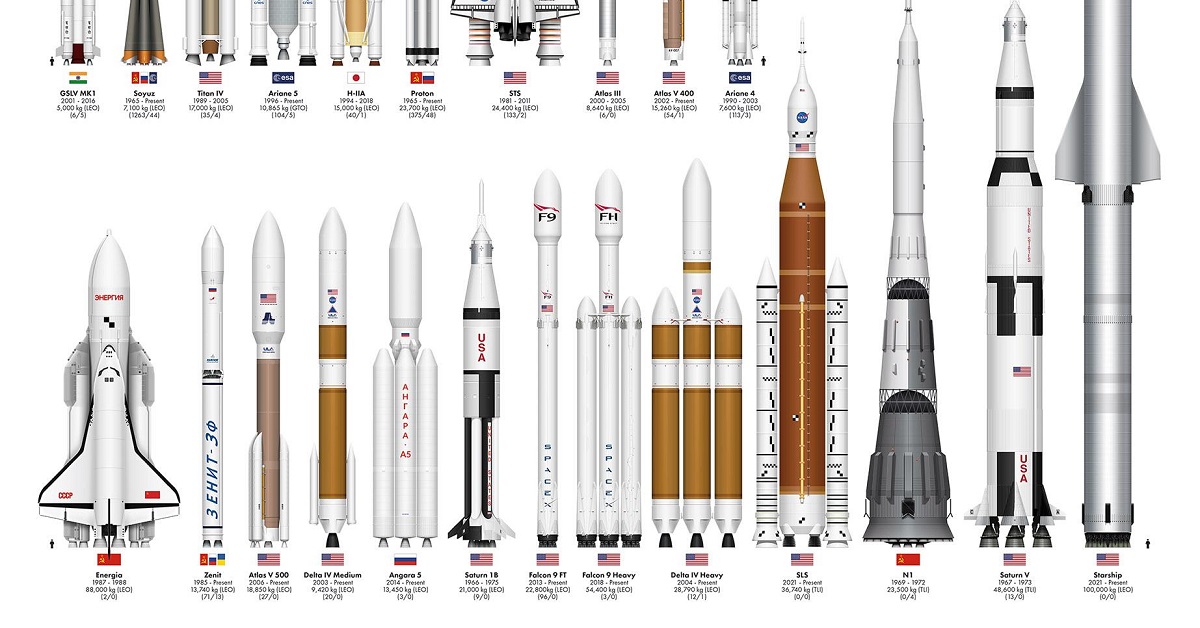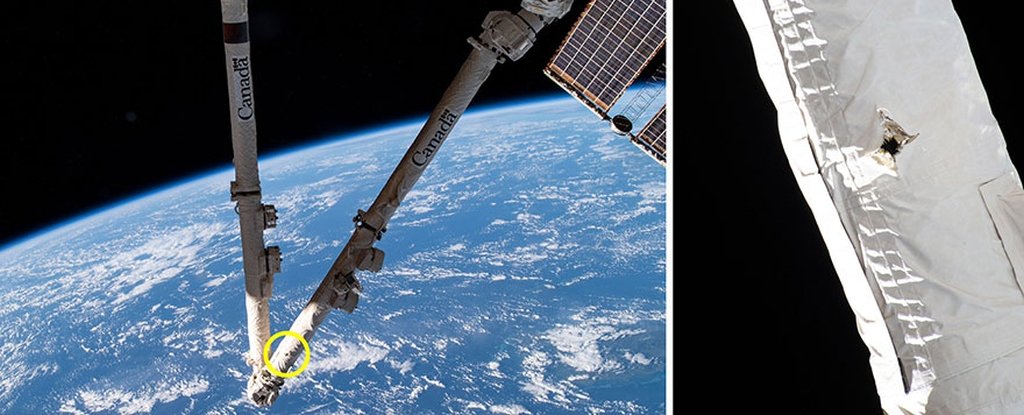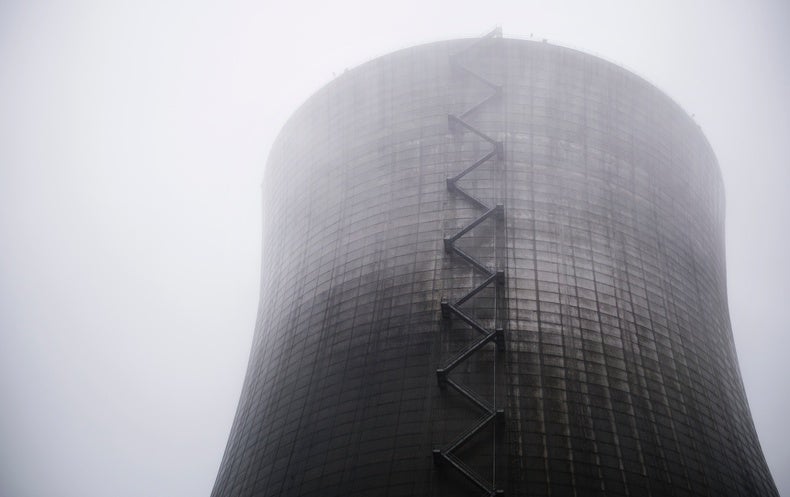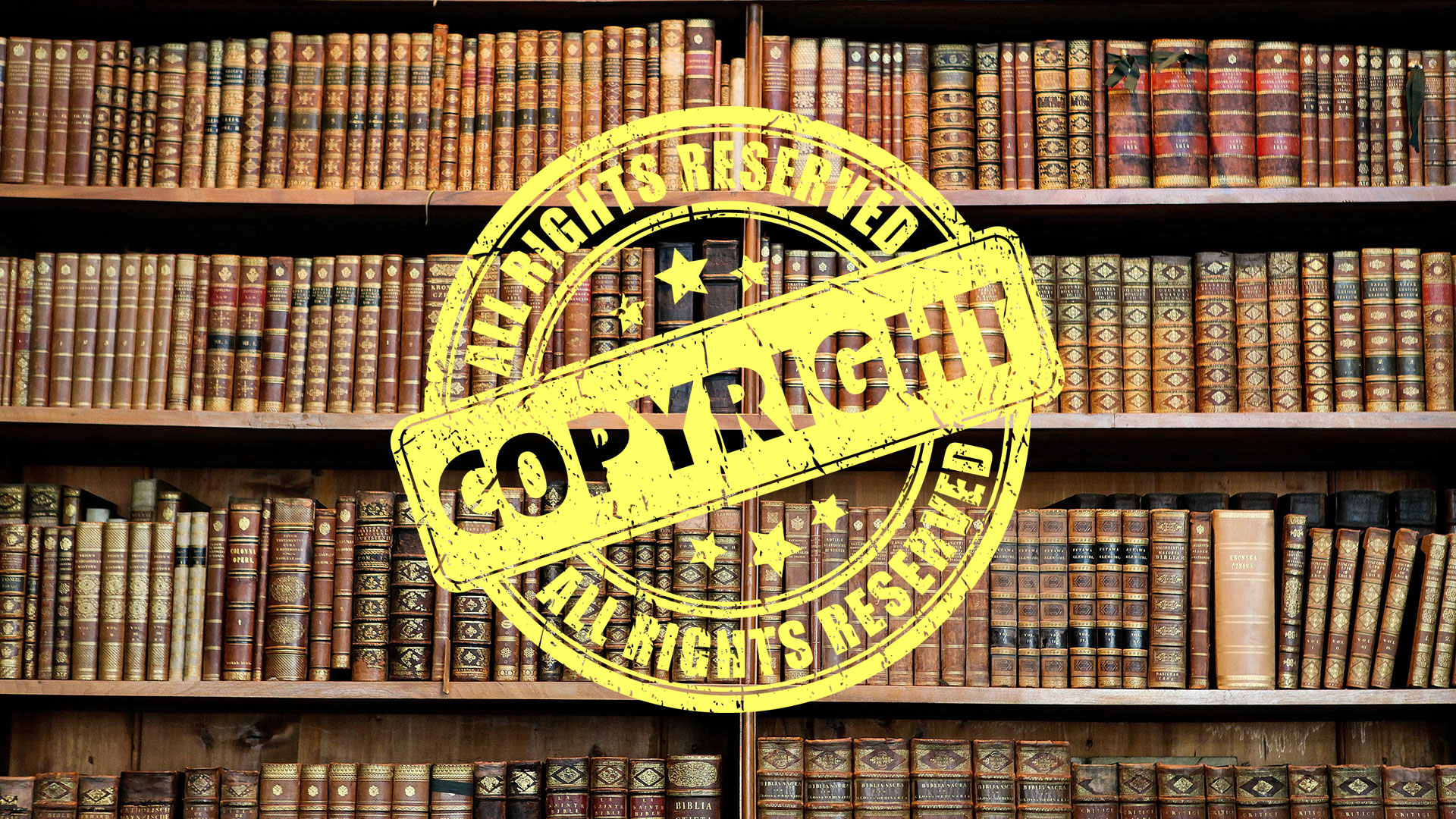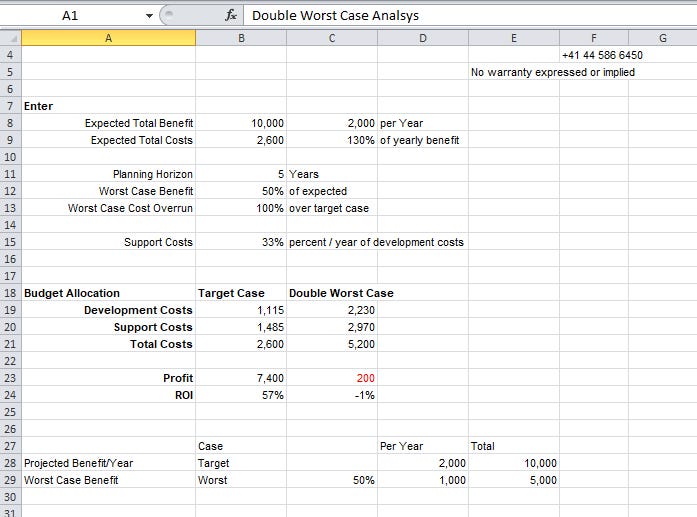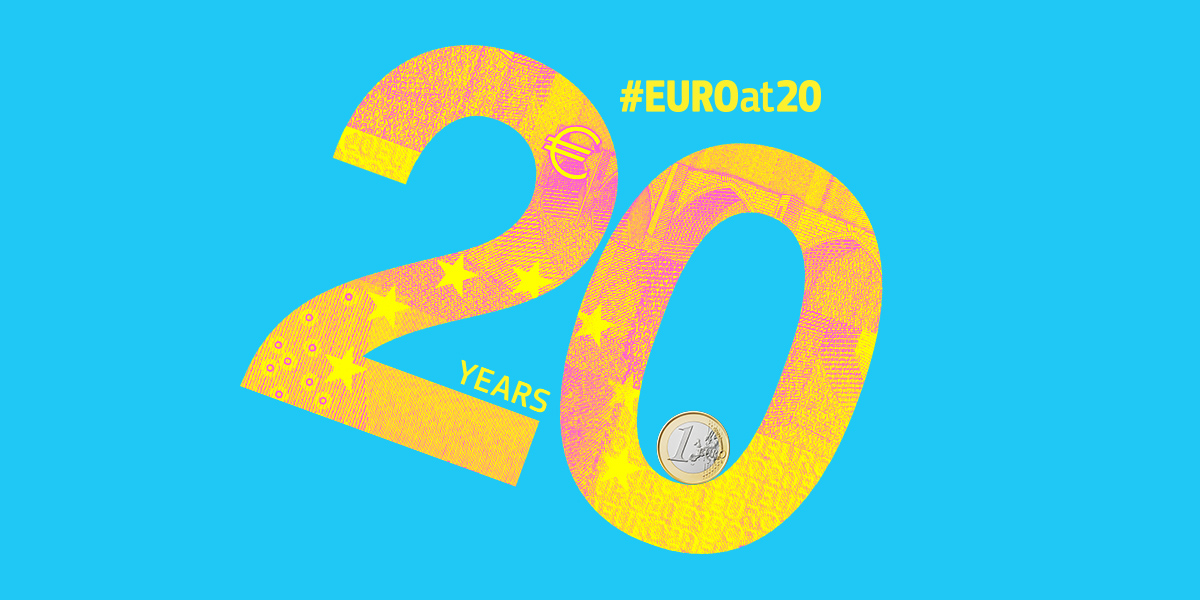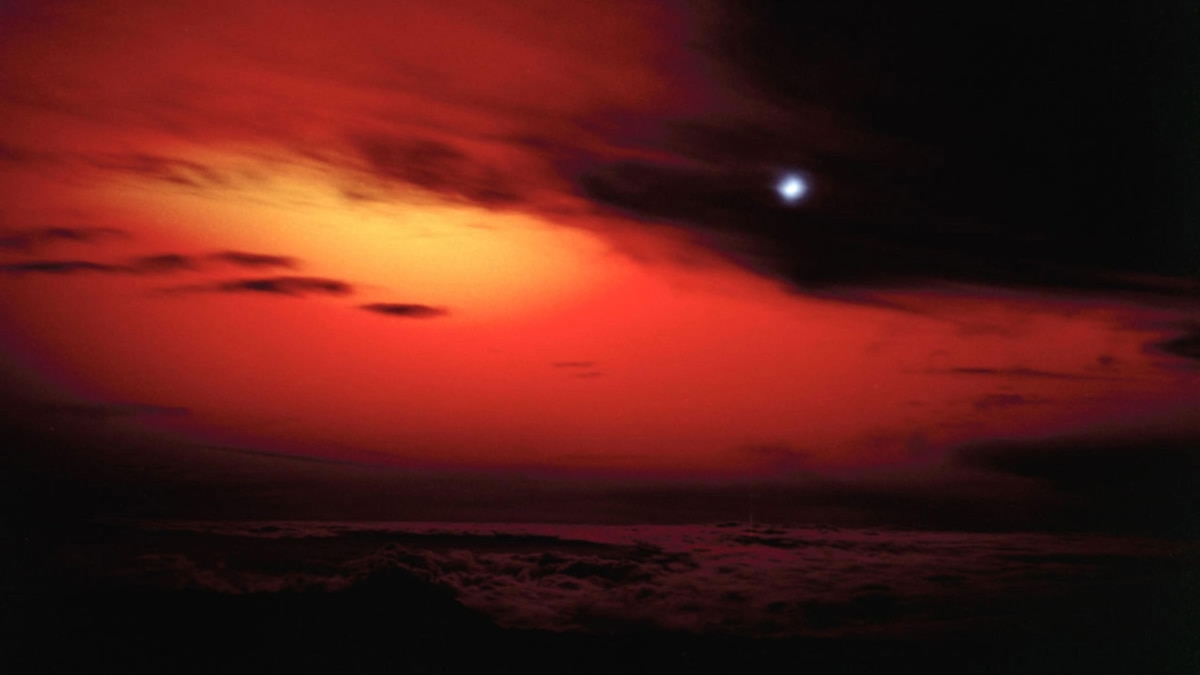
Why the U.S. once set off a nuclear bomb in space
The results from the 1962 Starfish Prime test serve as a warning of what might happen if Earth’s magnetic field gets blasted again with high doses of radiation.
It was pitch black when Greg Spriggs’ father brought his family to the highest point on Midway Atoll on July 8, 1962. That night on another atoll a thousand miles away, the U.S. military was scheduled to launch a rocket into space to test a fusion bomb.
“He was trying to figure out which direction to look,” Spriggs recalls. “He thought there was going to be this little flicker, so he wanted to make sure everybody was going to see it.”
Spectators were also holding “watch-the-bomb parties” in Hawaii, as the countdown was broadcast over shortwave radio. Photographers aimed their lenses toward the horizon and debated the best camera settings for capturing a thermonuclear explosion in outer space.
“When that nuclear weapon went off, the whole sky lit up in every direction. It looked like noon,” says Spriggs. Starfish Prime exploded at an altitude of 250 miles, at about the height where the International Space Station orbits today. For as long as 15 minutes after the initial explosion, charged particles from the blast collided with molecules in Earth’s atmosphere, creating an artificial aurora that could be seen as far away as New Zealand.

